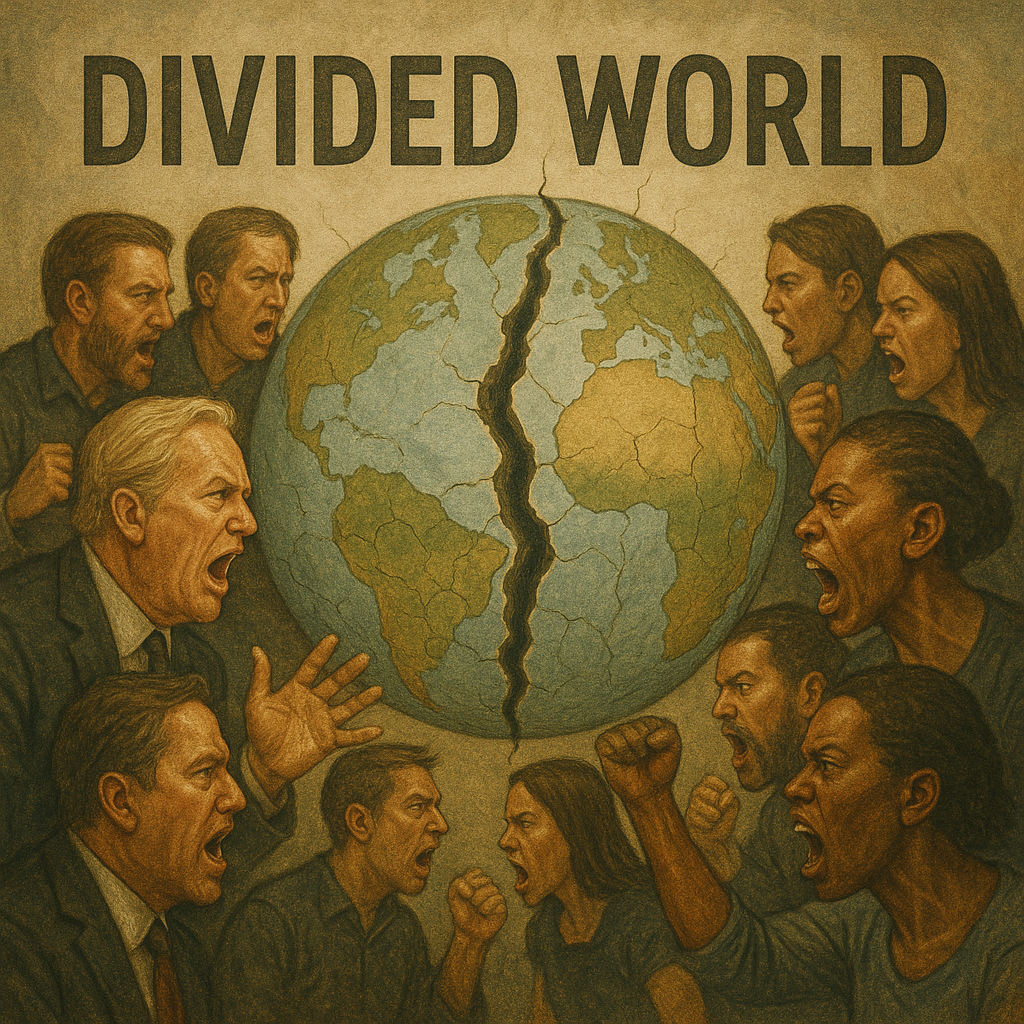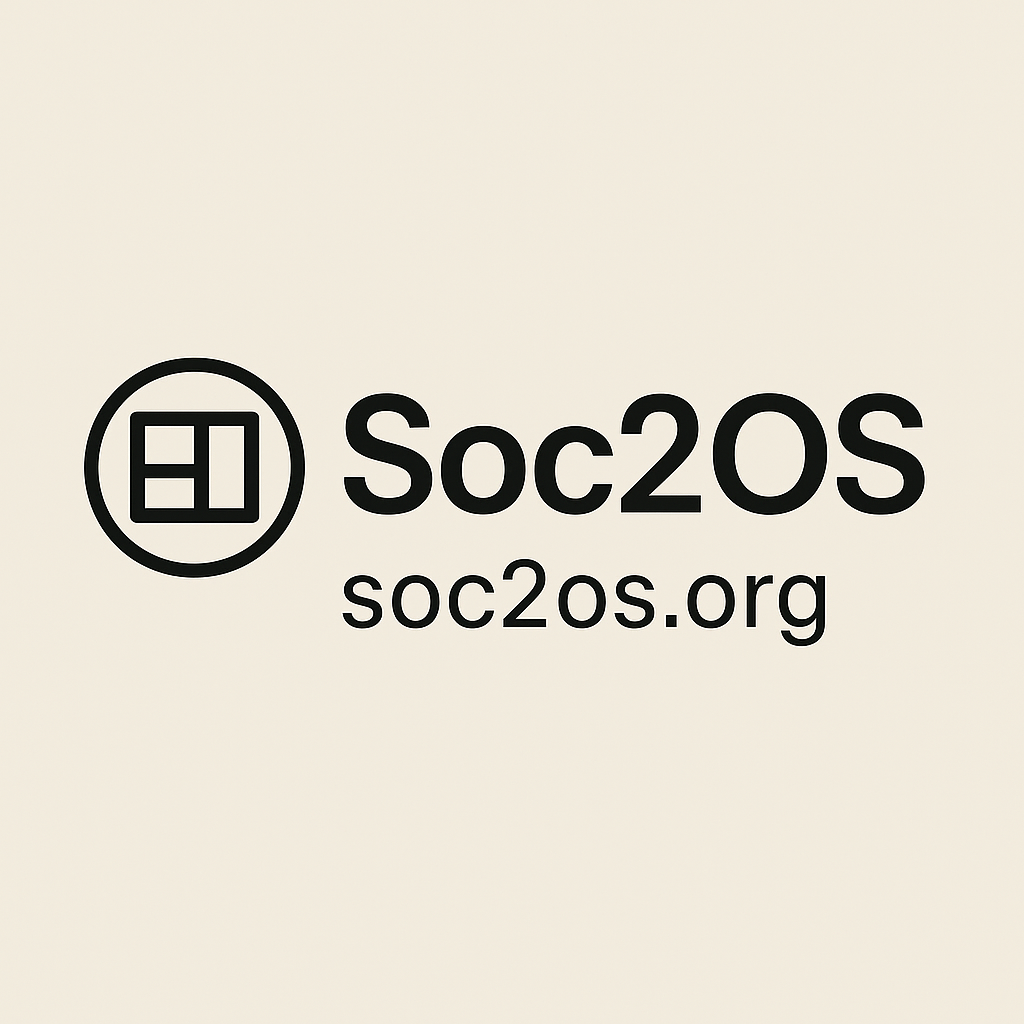
🏛️The world seems more divided today than ever. In the United States, political polarization has hardened into tribal identity — where compromise is seen as betrayal, and governance often grinds to a halt.
In Europe, coalition governments struggle to hold together under pressure from populist movements. Globally, the rise of authoritarian regimes and nationalist politics has fractured cooperation at exactly the moment when planetary challenges — climate change, pandemics, AI safety — demand collective solutions.
The result is dysfunction. Institutions designed to manage gradual, industrial-era change are overwhelmed by the pace of exponential technologies. Social media took more than two decades to reach the edges of regulation — and even then, policies remain contested and toothless. AI is advancing ten times faster. The mismatch between the speed of innovation and the slowness of governance is widening into a chasm.
Meanwhile, public trust is evaporating. Only 20% of Americans say they trust their federal government to do the right thing “most of the time,” according to Pew Research. Similar declines echo worldwide, where corruption, gridlock, and regulatory capture leave citizens cynical and disengaged.
Society 1.0 governance assumed stability, consensus, and linear progress. But those assumptions no longer hold. Instead, we are left with polarized politics, paralyzed institutions, and decision-making processes that move too slowly to meet the moment. At the very time humanity faces challenges of planetary scale and unprecedented speed, the operating system of governance is failing to keep pace.
The Best Laws Money Can Buy 💰⚖️
In Society 1.0, the laws that shape our lives are often not written with the public in mind. They are sculpted in back rooms by lobbyists and special interests, whose true craft is not policy but persuasion backed by money. Corporations and industry groups spend billions each year to influence legislation, regulation, and even the language of bills themselves. The result is a system where the “public interest” becomes a talking point, while the private interest quietly takes the pen.
The consequences are everywhere: tax codes that grow more complex with every loophole carved out by a well-funded lobbyist; healthcare laws that protect pharmaceutical profits more than patients; environmental rules watered down to preserve short-term corporate gain; subsidies flowing to entrenched industries instead of innovation. What emerges is not a government of the people, but a marketplace for influence — where access and outcomes are sold to the highest bidder.
👉 In Society 1.0, politicians’ true customers are lobbyists, while constituents are treated as the marketing audience.
This dynamic corrodes trust in democracy itself. Citizens sense, often correctly, that their voices carry less weight than corporate donations. Cynicism takes root, and with it, disengagement. The true cost of lobbyist-driven governance is not just unfair laws — it is the erosion of the social contract.
Systemic Diagnosis: The Collision
📜 Lessons from Fallen Empires
History offers plenty of warnings about what happens when systems fail to adapt. The Roman Empire expanded for centuries on the strength of its legions, its roads, and its governance. But as its economy stagnated, corruption spread, and external pressures mounted, Rome’s institutions proved too rigid to evolve. What had once been its strength — centralized power, entrenched bureaucracy, reliance on slave labor — became liabilities in a changing world. The empire collapsed, not in a single moment, but in a long unraveling of systems that could no longer meet the demands placed upon them.
Other empires followed the same pattern. The Ottomans, once a global power, faltered as industrialization reshaped warfare and commerce. The British Empire, at its height spanning a quarter of the globe, was eventually outpaced by the economic and technological dynamism of newer powers. In each case, institutions built for one era became brittle in the next.
The lesson is clear: no operating system is permanent. When the world changes faster than institutions can adapt, decline becomes inevitable. For past empires, the consequence was loss of dominance. For today’s global civilization, the consequence could be something far greater — systemic failure on a planetary scale.
Not your father’s Industrial Revolution ⚡
Skeptics might argue that society has weathered disruption before. Mechanization displaced farm labor, automation reshaped factories, and globalization rewired supply chains. Each time, new industries and new jobs emerged to replace the old. Why should today be any different?
- Scope: Past disruptions affected specific sectors — agriculture, manufacturing, or trade. Today’s wave, powered by AI, is horizontal. It cuts across every sector simultaneously: law, medicine, education, logistics, creative work. No corner of the economy is insulated.
- Speed: Mechanization and industrial automation unfolded over generations. People had decades to retrain, relocate, and adapt. AI scales at digital speed — measured in months, not decades. An entire profession can see its foundations upended with a single software update.
- Substitution: Earlier technologies displaced tasks but often created new categories of human work. Tractors freed farmhands, but factories absorbed them. Assembly-line robots replaced certain motions, but new roles in programming, repair, and oversight emerged. AI is different. It doesn’t just automate the repetitive — it increasingly performs the cognitive, the creative, and the connective. It substitutes whole roles, not just tasks, and does so without proportionate new labor markets waiting to absorb the displaced.
In short: this is not another turn of the same wheel — it’s the wheel itself breaking free from human hands.
That’s why incremental adaptation won’t cut it. The old playbook of “reskill and wait for the next industry” collapses when the very engine of industry no longer depends on human labor. Society 2.0 is not just a policy response — it’s a recognition that the underlying scoreboard of success must change.
The Collision We Can’t Ignore
Taken separately, the cracks might look like isolated problems: layoffs in white-collar offices, declining test scores, outrageous hospital bills, gridlocked legislatures. But together they reveal something deeper — a systemic collision.
AI and other exponential forces are advancing on timelines measured in months. Society 1.0’s institutions were designed for a world of decades. That mismatch is now undeniable.
- Employment assumes labor equals value, even as entire professions vanish overnight.
- Education drills students for factories and memorization, while machines ace the tests in seconds.
- Healthcare extracts record profits while delivering worse outcomes at higher cost. Governance clings to linear processes while the world accelerates around it.
This is not disruption at the margins. It is the unraveling of the operating system itself. The institutions we inherited were built for stability, not speed; for conformity, not adaptability. They have been patched with workarounds for decades. As the pace of change accelerates, patchwork fixes won’t hold. The question is no longer whether the system will break, but how soon — and what comes after.
Summary
- Then: Bureaucracies and legislatures were designed to manage gradual industrial change.
- Now: AI evolves on a 6–18 month cycle; governance moves in 6–18 year increments.
- Result: Paralysis, gridlock, regulatory capture, and loss of legitimacy.
- Example: Social media policy still unresolved 20 years after Facebook launched — yet AI is advancing ten times faster.
Previous: The High Cost of Healthcare
Next: Introducing Society 2.0

Leave a Reply